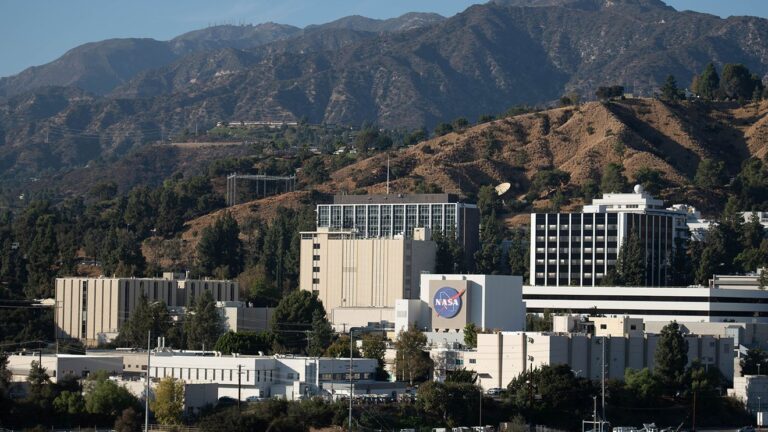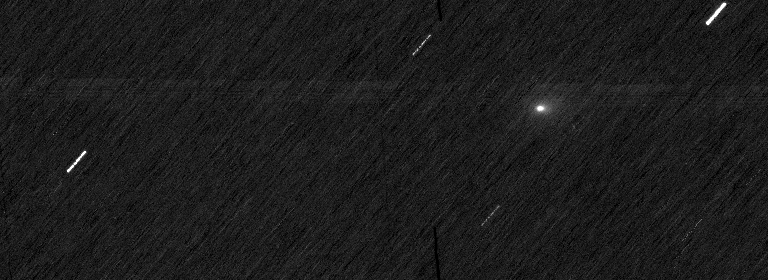Key Takeaways:
An international team of astronomers using the Global Oscillations at Low Frequencies (GOLF) instrument aboard the ESA/NASA Solar and Heliospheric Observatory (SOHO) satellite have accurately measured the speed at which the Sun’s core rotates for the first time. That rotation rate is once per week. Their results, including the novel method they developed to measure this rotation rate, are published in Astronomy & Astrophysics.
The SOHO satellite has been studying the Sun for more than two decades. Its GOLF instrument records oscillations, which are wavelike changes in the gases of the Sun’s atmosphere that reveal information about its inner structure. GOLF records these changes at the level of the Sun’s surface every 10 seconds; solar astronomers then look at the signals over time to infer details about the activity deeper within the star. Studying the Sun this way is similar to studying the way waves caused by earthquakes propagate through the Earth, which tells scientists about the structure that lies beneath our feet.
To study the Sun’s core, the team examined an aspect of the oscillations visible at the Sun’s surface that reflects the time it takes for waves to travel through the center of the Sun. They found that the thermonuclear core rotates once per week, which is nearly four times faster than the rotation rate of the middle and outer layers of the star.
Using this new information, astronomers will be able to refine their models of the Sun’s current and past behavior, as well as determine more accurately its composition and the structure of its layers and magnetic field.










